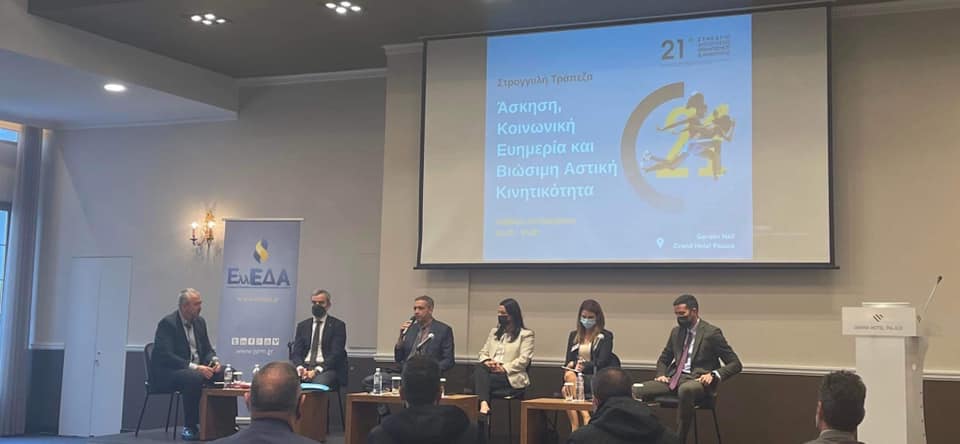The objective of the A-S-I approach is to promote alternative mobility solutions and to develop sustainable transport systems. It seeks to achieve significant GHG emission reductions, reduced energy consumption, less congestion, with the final objective to create more livable cities. This approach was co-developed by the GIZ, a German company that is active on the field of international cooperation for sustainable development and international education.
The traditional approach applied to deal with increased transport demand has been the provision of additional road space by means of new and larger road infrastructure. This supply-side oriented approach has however not delivered the expected benefits. Induced traffic has been created and roads continue to exhibit unacceptable levels of congestion, GHG emissions and other externalities. For this reason, the traditional approach is nowadays regarded as obsolete. Therefore, a new approach to tackling current transport problems is required.
The A-S-I approach entails three main avenues:
■ Avoid/Reduce
■ Shift/Maintain
■ Improve
Firstly, “avoid” refers to the need to improve the efficiency of the transport system. Through integrated land-use planning and transport demand management the need to travel and the trip length may be reduced.
Secondly, the “shift” instruments seek to improve trip efficiency. A modal shift from the most energy consuming urban transport mode (i.e. cars) towards more environmentally friendly modes is highly desirable. In particular, the shift towards the following alternative modes:
■ Non-Motorised Transport (NMT): walking and cycling. They represent the most environmentally friendly options.
■ Public Transport (PT): bus, rail, etc. Although PT also generates emissions, lower specific energy consumption per pkm and higher occupancy levels imply that the associated C02 emissions per passenger-km are lower compared to cars.
Thirdly, the “improve” component focuses on vehicle and fuel efficiency as well as on the optimisation and innovation of transport infrastructure. It pursues to improve the energy efficiency of transport modes and related vehicle technology. Furthermore, the potential of alternative energy use is acknowledged.
By Raf Canters, published on www.eltis.org, updated: 01 Aug 2014, an abridged text
Other source: www.giz.de












